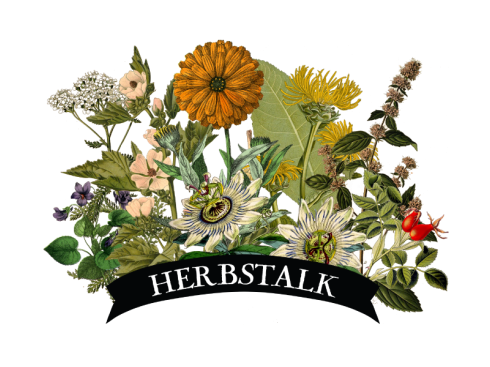|
Submitted by Mischa Schuler of Wild Carrot Herbs. Among the ironies of international borders, is that plant and animal species pay little heed to these politically assigned designations. Seeds carried in pant cuffs, pockets, or packages, deliberately or whimsically; or already a part of the continent before continental drift occurred. In any case, here we are, in the Eastern Townships, endowed with Stinging Nettle, Urtica dioca. There is remarkable similarity in the indigenous use of Nettle across the Northern Hemisphere. Here it grows abundantly along the banks of the St. Frances River – emerging bright green in late April, tender, edible; turning a dark rich green by mid-summer, with thick, tall fibrous stalks. Nettle reaches heights that seem almost arrogant, as well as elegant, swaying gently in soft breezes, yet steady and deeply rooted. Her slender sturdy stem supports several sprays of slightly toothed leaves, all sporting fine hairs along the underside. Each thin hair, when held with delicate fingers, is soft; yet when grasped firmly, or when brushed against, each hair becomes a miniature spike releasing formic acid into the unexpecting victim, often with the result of a rash lasting several minutes to several hours. Much of the beauty and medicine of this plant rests in its sting. It is a curious circulatory stimulant used topically for arthritic joints and ailments. The fresh plant is harvested, and immediately used on the skin with gentle lashes to generate a histaminic response, welcoming a cascade of immune cells to carry away the offense and ease the arthritic pain. Once heated in tea, soup, or lasagna (in lieu of spinach, for example), Nettle’s formic acid loses its bite and becomes among the nutrients available to the human gut. Nettle is very high in protein, calcium, and trace minerals, which are drawn up from its deep tap root. Thus, Nettle is an excellent aid for those challenged by or concerned with osteoporosis. In tea form, the minerals necessary for bone formation are bio-available, and when drunk four times a week over the course of a year, have been shown to improve bone density considerably in informal tests. Nettle prefers to be harvested for food when it is small and its leaves are not yet tough. At fifteen centimeters, with a pair of gloves and clippers, one could easily harvest a handful sufficient for a lovely potato-nettle soup, a cleansing late-spring delicacy. Nettles does have the reputation as a blood cleanser and energizing tonic, and so it is no surprise that in North America, native tribes used the foliage as a pot herb, an energizing tonic, and as a circulatory stimulant when used topically. In addition, past peoples used the strong, end-of-summer stalk for cordage. A healthy dose of Urtica tea can be prepared in the evening as such: into a liter mason jar, place a glove-full of fresh leaves (or, a handful of dried leaves), and pour just-boiled water atop. Cap the jar. Let sit overnight on the counter top. In the morning, strain out the leaves, marvel at the deep earthy green that remains, and sip on this throughout the day, with a touch of honey if you like. Mischa Schuler is a Community Herbalist – soon to be living in Portland, Maine – who empowers community members to trust their own ability to nurture and support themselves and their families. She specializes in women’s and children’s health and building community gardens. Mischa will be teaching two classes at Herbstalk: Plant Family ID and Trying out Tincture Making, both on Sunday, June 9th.
Comments are closed.
|
Archives
November 2023
Categories
All
|
Join the Newsletter!
Receive news about future Herbstalk events
Thank you!
You have successfully joined our subscriber list.
Copyright © Herbstalk 2024

 RSS Feed
RSS Feed